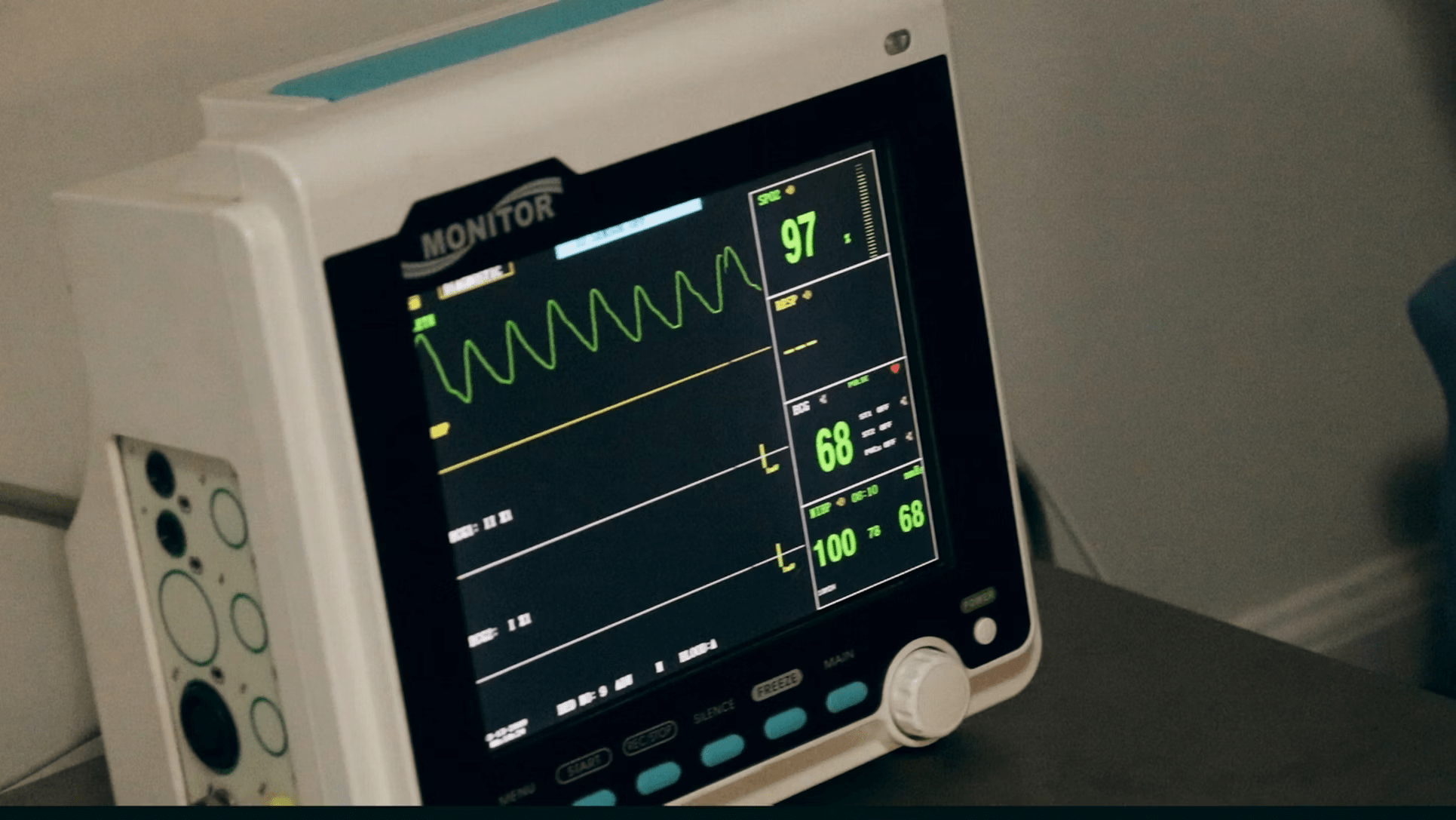
The ICU, or Intensive Care Unit, is a vital battleground in healthcare. Here, medical staff fight tirelessly to save the lives of critically ill patients. However, traditional ICU care methods face limitations, particularly in terms of remote monitoring and efficient access to specialists. The COVID-19 pandemic has further highlighted the need for innovative solutions.
Research: Understanding the ICU Ecosystem
Understanding Activities: We analyzed the core activities within the ICU, including constant patient monitoring, administering medication, conducting procedures, and maintaining sterile environments.
Stakeholders: Identifying the different user groups within the ICU was crucial. This includes critical care physicians, nurses, respiratory therapists, and other specialists who work collaboratively to ensure patient well-being.
Behavior Observation: Observing real-world behaviors within the ICU was vital. How do medical staff currently monitor patients? How do they communicate with specialists outside the hospital? Understanding these existing workflows guided our design decisions.
Why Live Consultation and Feedback is important in Critical Care?
The Intensive Care Unit (ICU) is a place where medical professionals wage a constant battle for the lives of critically ill patients. Every second counts, and the ability to leverage real-time data and insights for immediate consultation and feedback is paramount.
Traditional Communication Methods: Delays and Limited Input
Traditionally, communication within the ICU relied on scheduled rounds and phone calls. While these methods allowed for consultation, they had limitations:
Delayed Decision-Making: Important decisions about patient care might be delayed until the next scheduled round, potentially leading to missed opportunities for intervention.
Limited Specialist Availability: Not all specialists might be readily available within the hospital, especially during off-hours or for less common conditions.
Fragmented Communication: Communication could be fragmented, with updates needing to be relayed through multiple channels, potentially leading to confusion.
Ideation & Solution Development: The Care Cart Takes Shape
Building on the research findings, we present the Care Cart: a mobile unit designed for user-friendliness and remote monitoring capabilities:
1. Integrated Medical Devices: The Care Cart seamlessly connects with various medical devices. These integrated devices collect real-time vital signs. This eliminates manual data entry, reducing errors and streamlining workflow for medical staff. The Care Cart also has Advanced workflows like TeleStroke and Tele ICU.
2. Data Visualization at a Glance: The Care Cart features two high-resolution displays allows to monitor patients while simultaneously interacting with remote specialists, fostering a more efficient and collaborative care environment. This data is presented in clear dashboards, allowing for quick identification of critical changes.
3. Intuitive Interface for All: The Care Cart’s user interface prioritizes simplicity and ease of use to ensure quick familiarization for all medical staff.
The Care Cart is a promising solution for enhancing remote monitoring capabilities and user experience within the ICU.





